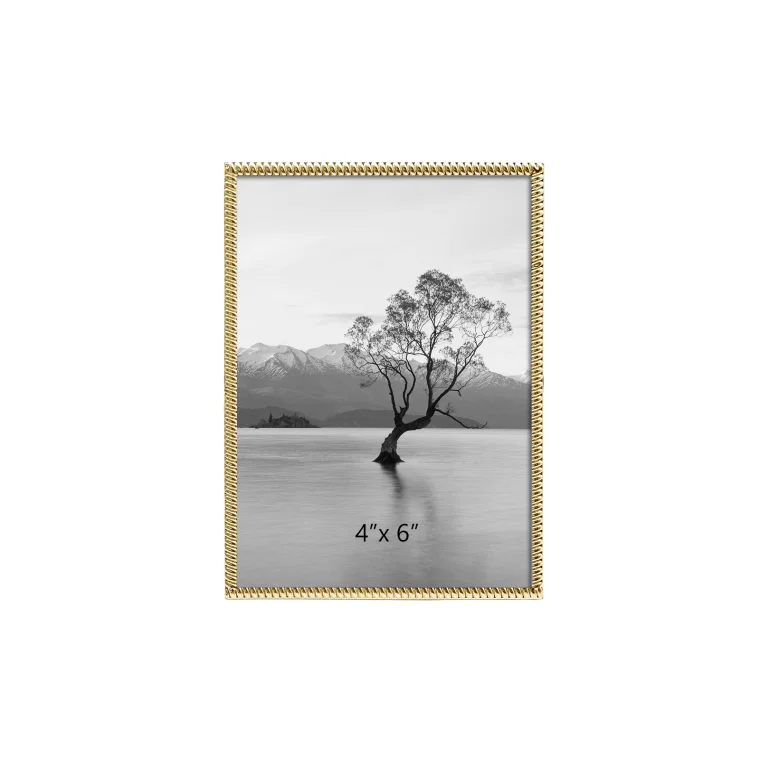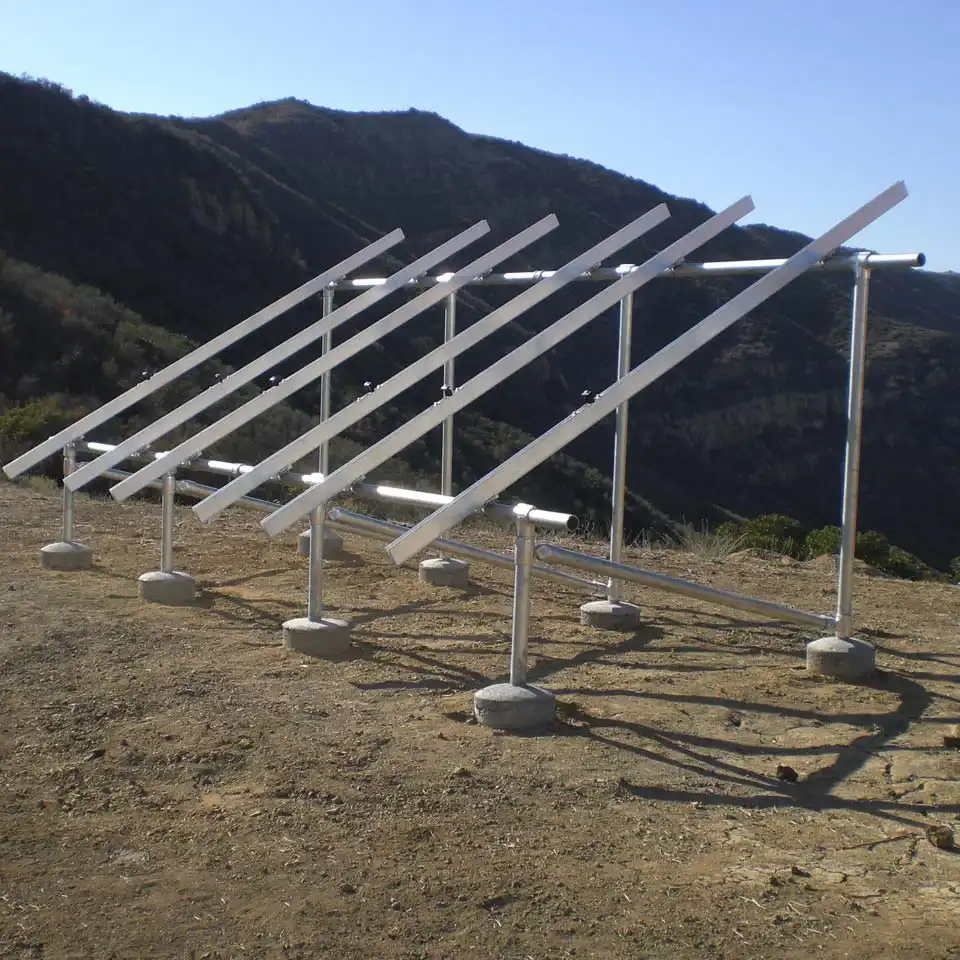Illuminating Your Shots: The Ultimate Guide to Optimal Lighting for Photography
When it comes to photography, lighting is arguably the most critical element that can make or break an image. Whether you're a seasoned professional or an enthusiastic amateur, understanding the nuances of lighting can elevate your photography to new heights. In this article, we will explore the best lighting conditions for taking pictures, delve into various types of lighting, and provide practical tips to harness light effectively for stunning results.
Understanding the Basics of Light
Before diving into specific lighting scenarios, it's essential to grasp the fundamental properties of light. Light can be categorized based on its quality, direction, color, and intensity. Each of these factors plays a significant role in how your subject is captured.
- Quality of Light: Light can be soft or hard. Soft light, often found during overcast days or in shaded areas, produces gentle shadows and reduces contrast. Hard light, typically from direct sunlight, creates sharp shadows and high contrast. For portraits, soft light is generally more flattering, while hard light can add drama to landscapes.
- Direction of Light: The direction from which light hits your subject can dramatically alter the mood of your photograph. Front lighting illuminates the subject evenly, while side lighting can create depth and texture. Backlighting, where the light source is behind the subject, can produce silhouettes or ethereal glows, adding a layer of creativity to your images.
- Color of Light: The color temperature of light varies throughout the day and can affect the mood of your photographs. The golden hour, shortly after sunrise and before sunset, provides warm, golden tones that are often sought after by photographers. In contrast, midday sun can produce harsh, cool light that may require careful handling.
- Intensity of Light: The strength of light influences exposure settings and the overall feel of the image. Bright light can lead to overexposed highlights, while low light may require longer exposure times or higher ISO settings to capture detail.
The Best Lighting Conditions for Photography
- Natural Light
Natural light is a favorite among photographers for its versatility and dynamic qualities. Here are some optimal conditions:
- Golden Hour: The hour after sunrise and before sunset is renowned for its soft, warm light. This time is ideal for portraits, landscapes, and any subject that benefits from a gentle glow.
- Overcast Days: Cloud cover acts as a natural diffuser, softening sunlight and reducing harsh shadows. This is perfect for capturing details in textures and colors, making it an excellent choice for macro photography and portraits.
- Shade: Shooting in the shade can provide soft lighting conditions without the harshness of direct sunlight. This is particularly useful for outdoor portraits, where you want to avoid squinting and unflattering shadows.
- Artificial Light
While natural light is often preferred, artificial lighting can be equally effective, especially in controlled environments:
- Continuous Lighting: Softbox lights or LED panels provide consistent illumination, allowing you to see how the light affects your subject in real-time. This is particularly useful for product photography and studio shoots.
- Flash Photography: Using a flash can help fill in shadows and add highlights. Off-camera flash techniques can create dramatic effects and allow for more creative control over the lighting setup.
- Mixed Lighting: Combining natural and artificial light can yield unique results. For instance, using a flash during the golden hour can enhance the subject while maintaining the warm tones of the sunset.
Practical Tips for Mastering Lighting
- Experiment with Angles: Don’t hesitate to move around your subject to find the most flattering light. Changing your perspective can reveal different textures and highlights.
- Use Reflectors: Reflectors can bounce light onto your subject, filling in shadows and enhancing the overall exposure. They are particularly useful in portrait photography.
- Control Exposure Settings: Familiarize yourself with your camera’s exposure triangle—aperture, shutter speed, and ISO. Adjusting these settings allows you to adapt to varying lighting conditions effectively.
- Post-Processing: Don’t underestimate the power of editing software. Adjusting brightness, contrast, and color balance can help you achieve the desired look, even if the lighting wasn’t perfect during the shoot.
Conclusion
In photography, light is your most powerful tool. Understanding the best lighting conditions and how to manipulate them can significantly enhance your photographic outcomes. Whether you prefer the soft embrace of natural light or the precision of artificial sources, mastering lighting will allow you to capture stunning images that resonate with viewers. So grab your camera, experiment with different lighting scenarios, and let your creativity shine!



